
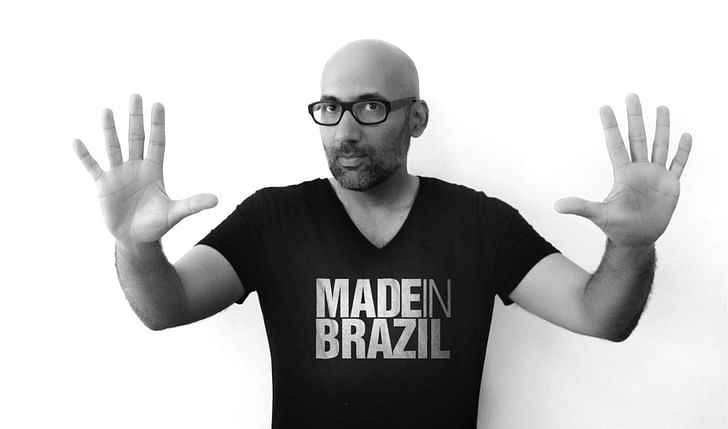
Working out of the Box is a series of features presenting architects who have applied their architecture backgrounds to alternative career paths.
In this installment, we're talking with Spain-based Brazilian Creative Director/Creative Consultant Gustavo Almeida-Santos.
Are you an architect working out of the box? Do you know of someone that has changed careers and has an interesting story to share? If you would like to suggest an (ex-)architect, please send us a message.
Archinect: Where did you study architecture?
Gustavo Almeida-Santos: All over. I first got my bachelor in architecture in Brazil (Universidade Federal do Ceará). Later I moved to Los Angeles and went to UCLA where I got a Master of Architecture. Now I'm living in Spain and attending ETSAM in Madrid, where I'm enrolled in a Master in Advanced Architecture Projects, which is basically the first research year towards the PhD. I am interested in research on the architecture of fashion catwalks. I would further develop this, perhaps thinking on architectural environments and fashion shows.
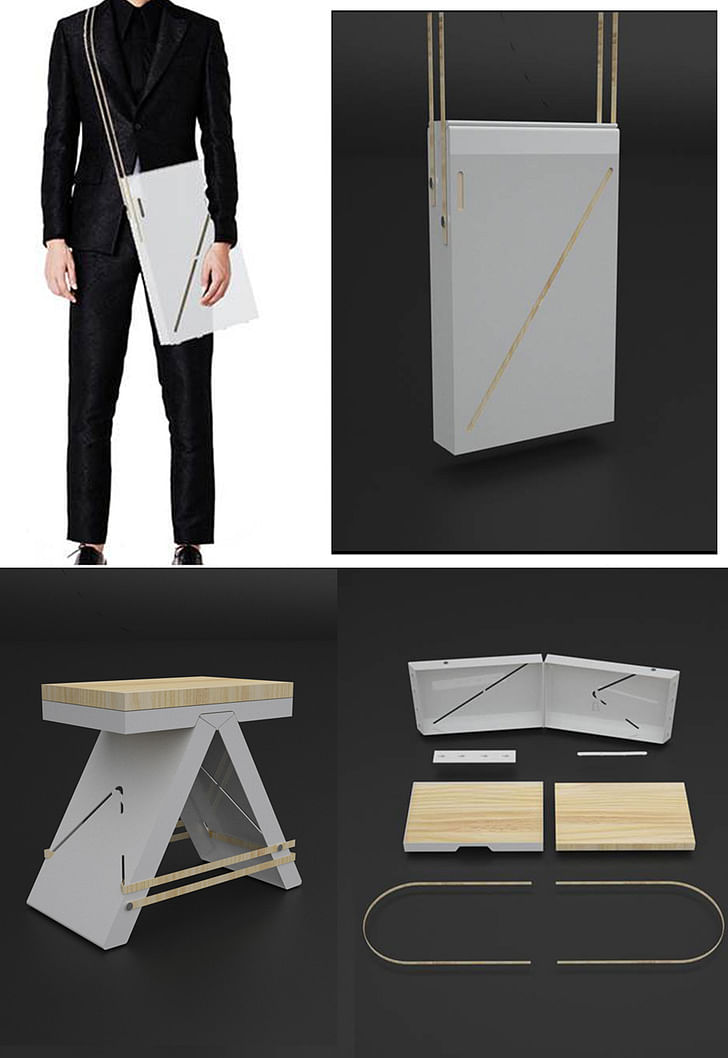
At what point in your life did you decide to pursue architecture?
I always knew I wanted to do something creative and something that could give me the opportunity to work on a different range of projects with different skills. So I thought Architecture to be the right choice, not only because it has a very strong multi-disciplinary approach to the profession, but also because at that time, it seemed like one of the few creative professions that could give me some sort of financial stability.
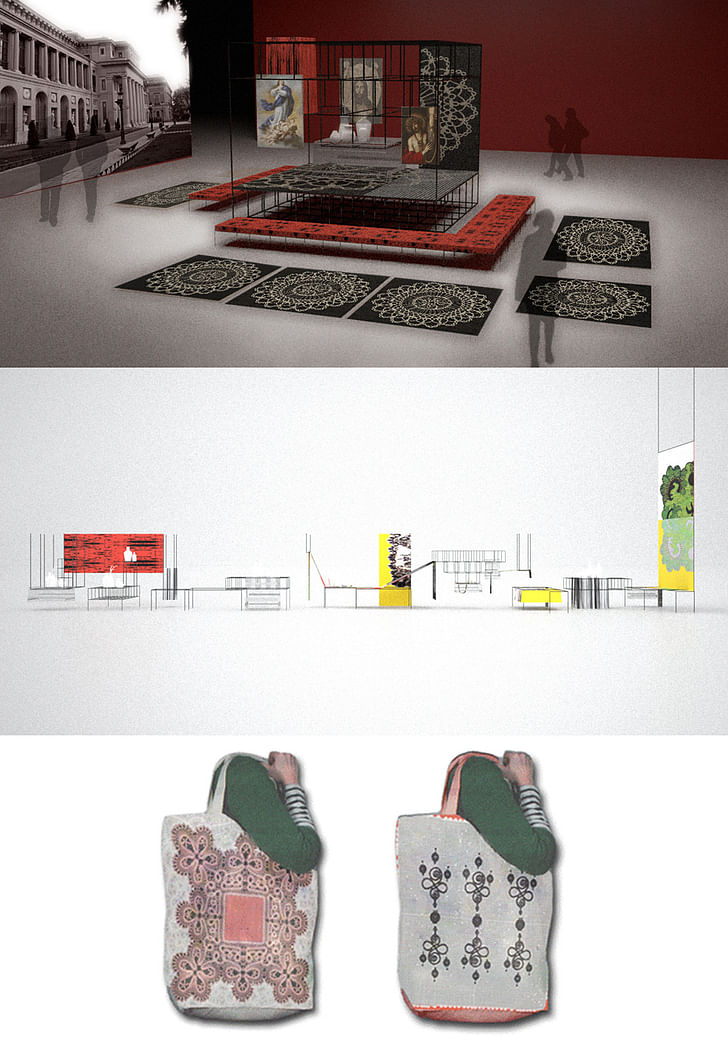
I was also amazed how architects (myself included) were constantly complaining about their practices and how they were mentally and physically exhausted.
When did you decide to stop pursuing architecture? Why?
Never! ... I think I somehow still pursue architecture! Otherwise, what would be the reason for me to continue my education now towards PhD, right? However, I have to say that I gave up a very crucial and big aspect of the profession, which is construction of buildings. I got very disappointed with the professional practice: infinite hours of work, where architects basically spend 10% of their time in the design process and 90% dealing with construction drawings, budget, difficult clients, problems, problems, problems...and very low pay. I was also amazed how architects (myself included) were constantly complaining about their practices and how they were mentally and physically exhausted. That, at least, was (and still it is) the reality in Brazil. On the other hand, another reality around architecture in Brazil is that the majority of architects don't actually do architecture. The main bread and butter is interior design: not the cool commercial design or ephemeral, but decoration for mid-high class clients, where the work happens around shopping for modern furniture and finding a place for it. This kind of work pays better than architecture, and that became the leitmotiv of the practice in most places in Brazil, where it is more important to make money than actually develop a good quality architectural work that would recognize and value our tradition in modern architecture.

So, I decided that I had to get out of this format. I started to look for projects that were more ephemeral, like stage design, commercial stores, events and so forth...where actually I did pretty good and realized that I could be a “Creative Professional”. These projects were quicker in their production, and I was very happy to see the results sooner than when you get involved in an architecture project. I also got extremely comfortable managing small to mid size projects where the level of post design work does not exceed in hours the time that you actually spend designing it.

Describe your current profession.
The meaning of the word “Architect“ would better fit someone who is actually involved in construction of buildings, that’s why I think I would call myself a Creative Director/Creative Consultant. As a Creative Director I have developed ideas for commercial projects, apps, interior design, exhibitions and objects. As a Consultant, I have worked with private and public institutions in educational and design projects, further developing their ideas and needs.
Because I am currently based between Spain and Brazil, I am also looking into helping foreign people and institutions who are trying to develop creative projects in Brazil, which can be a difficult and very specific territory where to step your foot in.
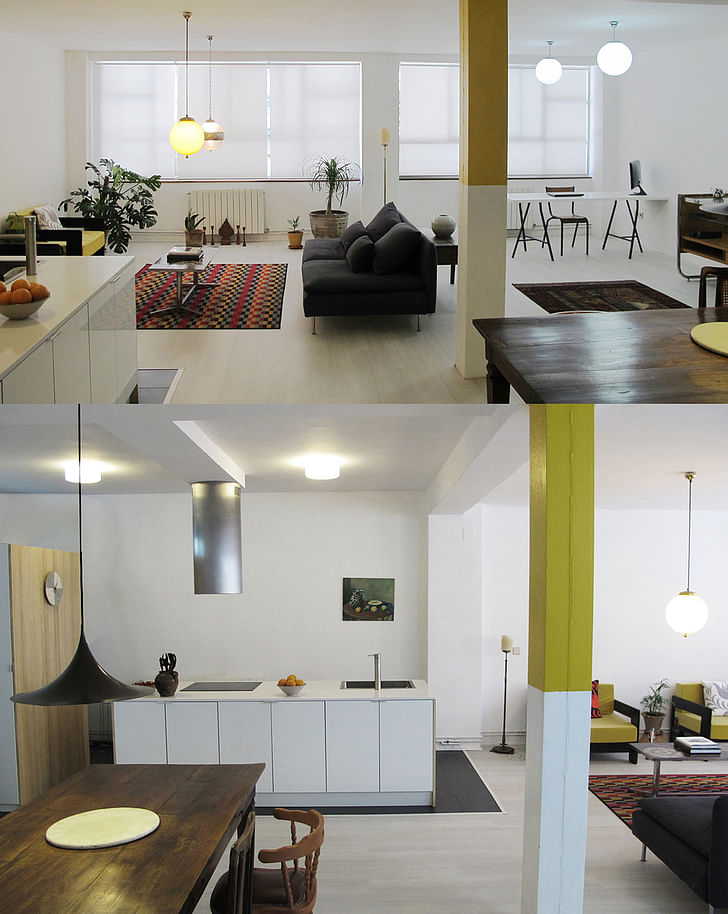
It is impossible to work as an architect without having to exercise more than 3 excellent skills at the same time. The profession forces you to be like this.
What skills did you gain from architecture school, or working in the architecture industry, that have contributed to your success in your current career?
There are three things that have contributed to my career development. The first is my international academic education and how it has shaped my social body as an architect. When you go to architecture school, you basically learn not only a practice but also many and very different skills (computer skills, people skills, creative skills, and so forth). It is impossible to work as an architect without having to exercise more than 3 excellent skills at the same time. The profession forces you to be like this.

The second is the fact that very early on in my career, I had it clear that I needed more than one point of view. That’s why I have been traveling all over, not only studying but also working. In the past years, I have worked in Brazil, USA, Algeria, Serbia and Spain.
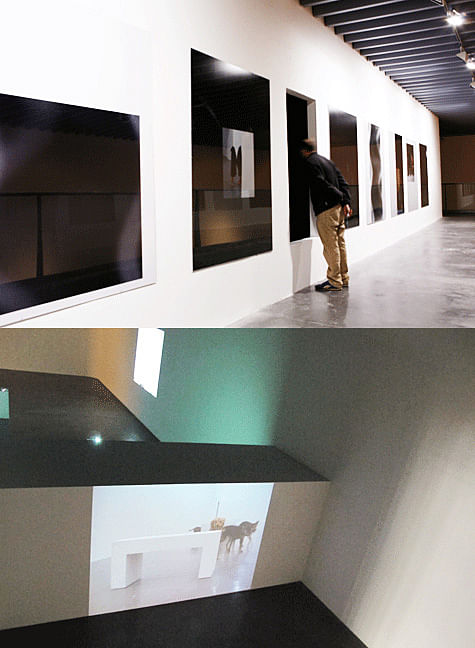
I believe that a practice in architecture is not complete if you don't put yourself in a foreign environment, an unknown territory. All these experiences have given me the strength and the ability to multi-task and understand very extreme design situations and needs. It also gave me the ability to exercise my design approach as a Brazilian architect in different social contexts, translating my “Brazilianness” into something else.
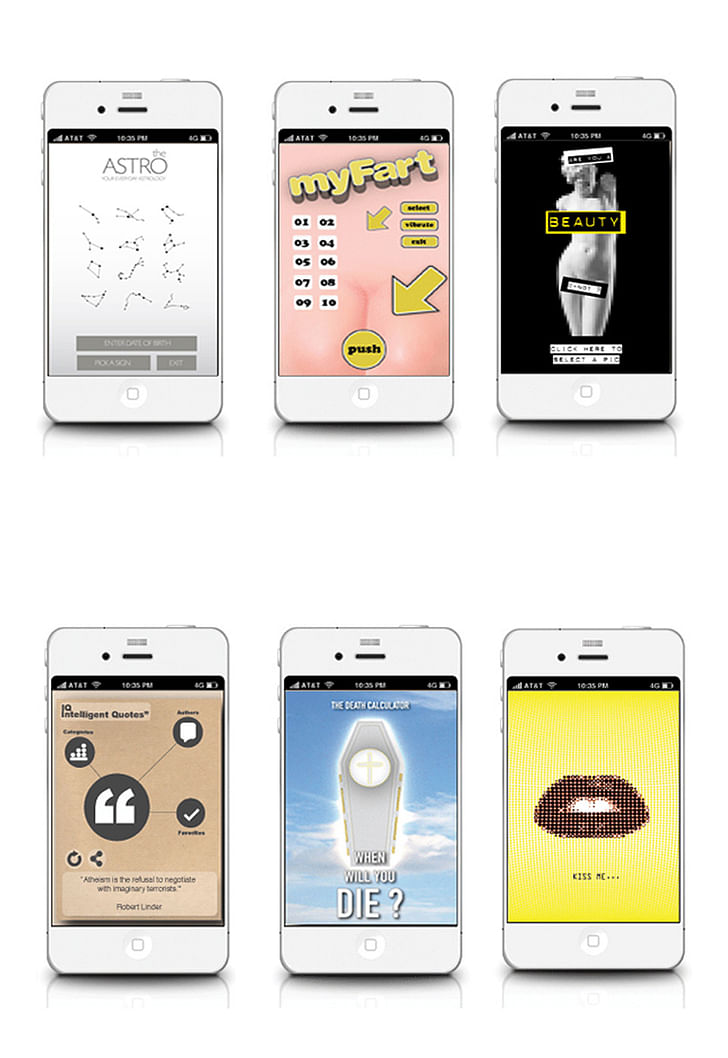
The third, and I believe the very crucial one, is to get some education and practice outside of Architecture.
The third, and I believe the very crucial one, is to get some education and practice outside of Architecture. Our profession is a very complex one, but it can be very limiting because of the actual daily work routine and its technicalities. Being a creative professional requests a deep and constant effort in keeping our ideas flowing. That is why I believe that we need to step out of architecture and into other fields, challenging ourselves into other formats and ways of thinking.
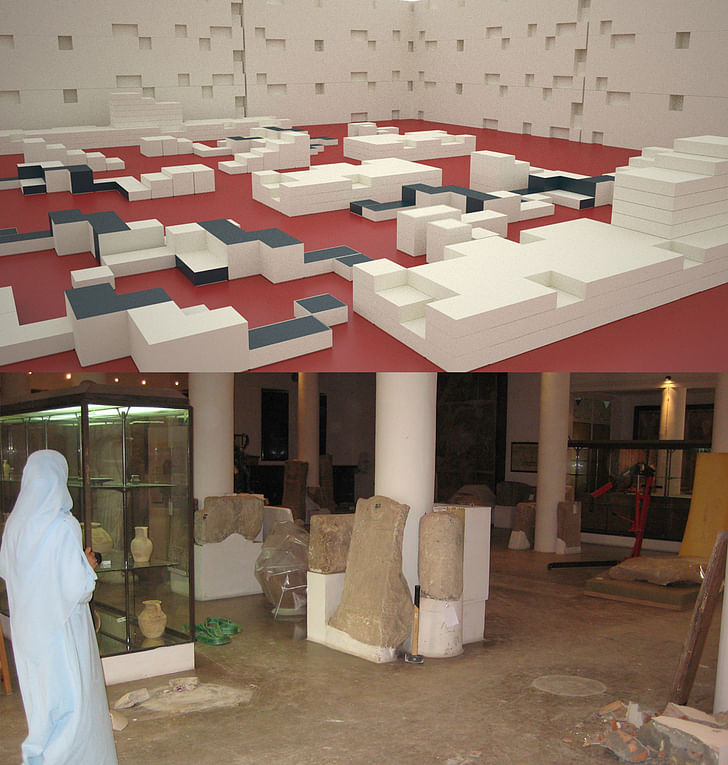
So, while in Los Angeles, I attended an Art Mentor Program at Santa Monica College, which I consider to be a very good introductory program for those interested in the visual arts field. I also got involved with other professionals outside of architecture – artists, journalists, actors, graphic designers - , and that really opened up my range of skills and professional possibilities.

Do you have an interest in returning to architecture?
I am interested in all creative projects, it doesn’t matter if it’s in architecture or not. The problem is not architecture itself, but the current professional format that I mentioned before. That does not interest me.
There is something I see very clearly: I want to enjoy and have fun with my projects and my work. I believe in the moment when your work becomes a playful territory. That’s when the best results come out. The problem is the practice of construction in architecture, where very few professionals have the opportunity (and the right client) to do something that they actually have fun with and are interested in. Most of the work is either corporate or totally controlled by outside if not dark forces.
I am still in love with architecture, and it would be impossible for me not to pursue it anymore. That is why I am still an architect in an academic and creative sense. I am just not interested in constructing buildings myself.
Gustavo Almeida-Santos's website: studiogaas.com
No Comments
Block this user
Are you sure you want to block this user and hide all related comments throughout the site?
Archinect
This is your first comment on Archinect. Your comment will be visible once approved.